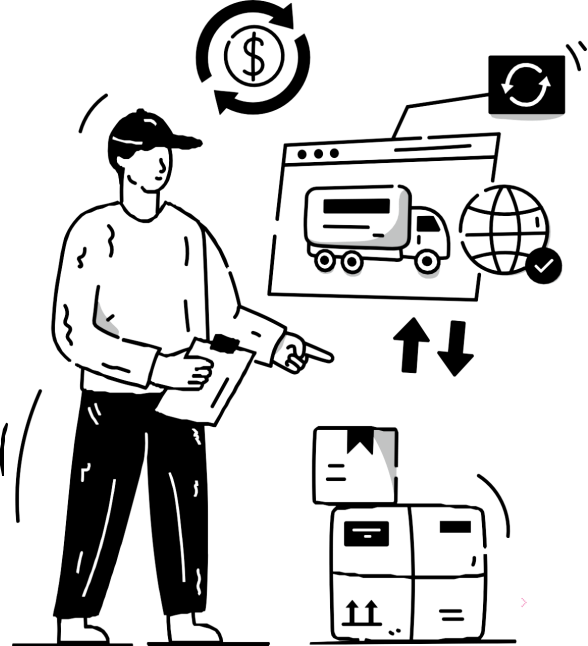How Jeanologia partnership transformed denim manufacturing for Numero Uno
In a stride towards sustainable fashion, Numero Uno, a leading denim wear brand, partnered with the Spanish technology company Jeanologia to revolutionise its manufacturing practices. This collaboration, which began nearly a decade ago, underscored Numero Uno’s commitment to eco-friendly production processes.
Jaiwant S Dhingra, Director of Marketing & Business Development at Numero Uno, highlighted the brand’s journey with Jeanologia, an innovator in jeans washing consultancy. Jeanologia’s cutting-edge technologies, particularly their Laser Technology, have been pivotal in reducing the environmental impact of denim manufacturing. This partnership marked a significant step towards sustainable fashion practices, boasting several achievements:
